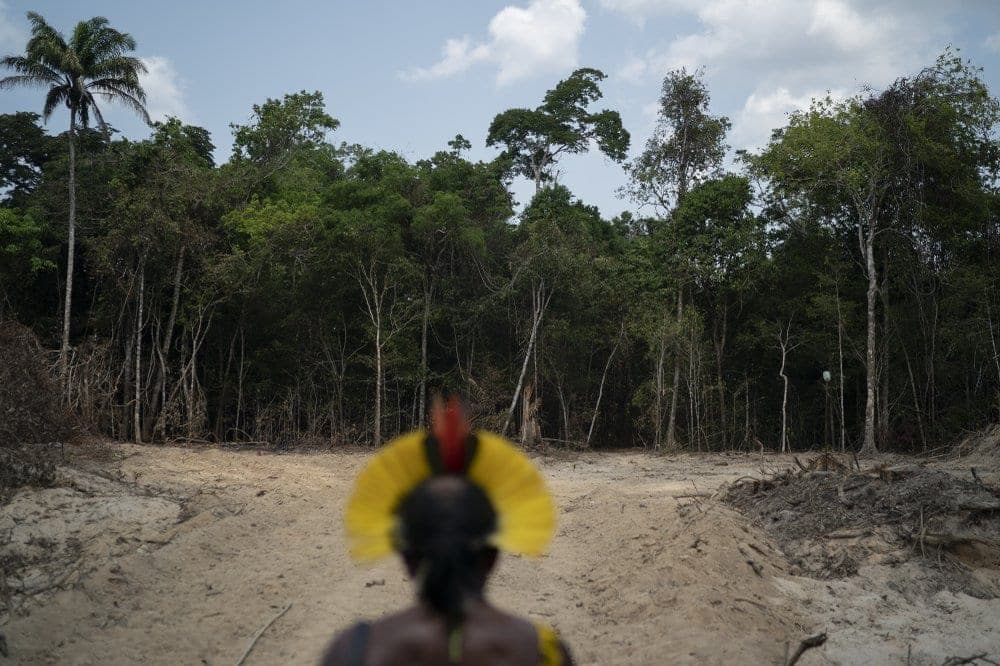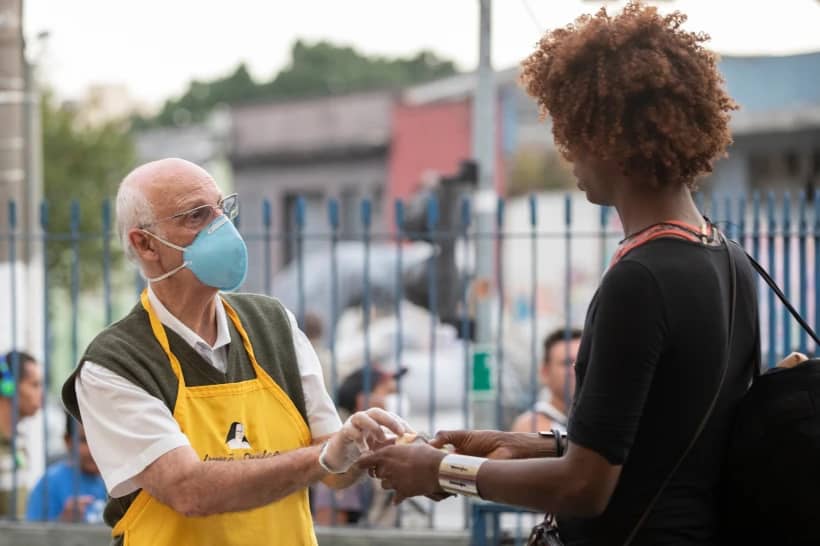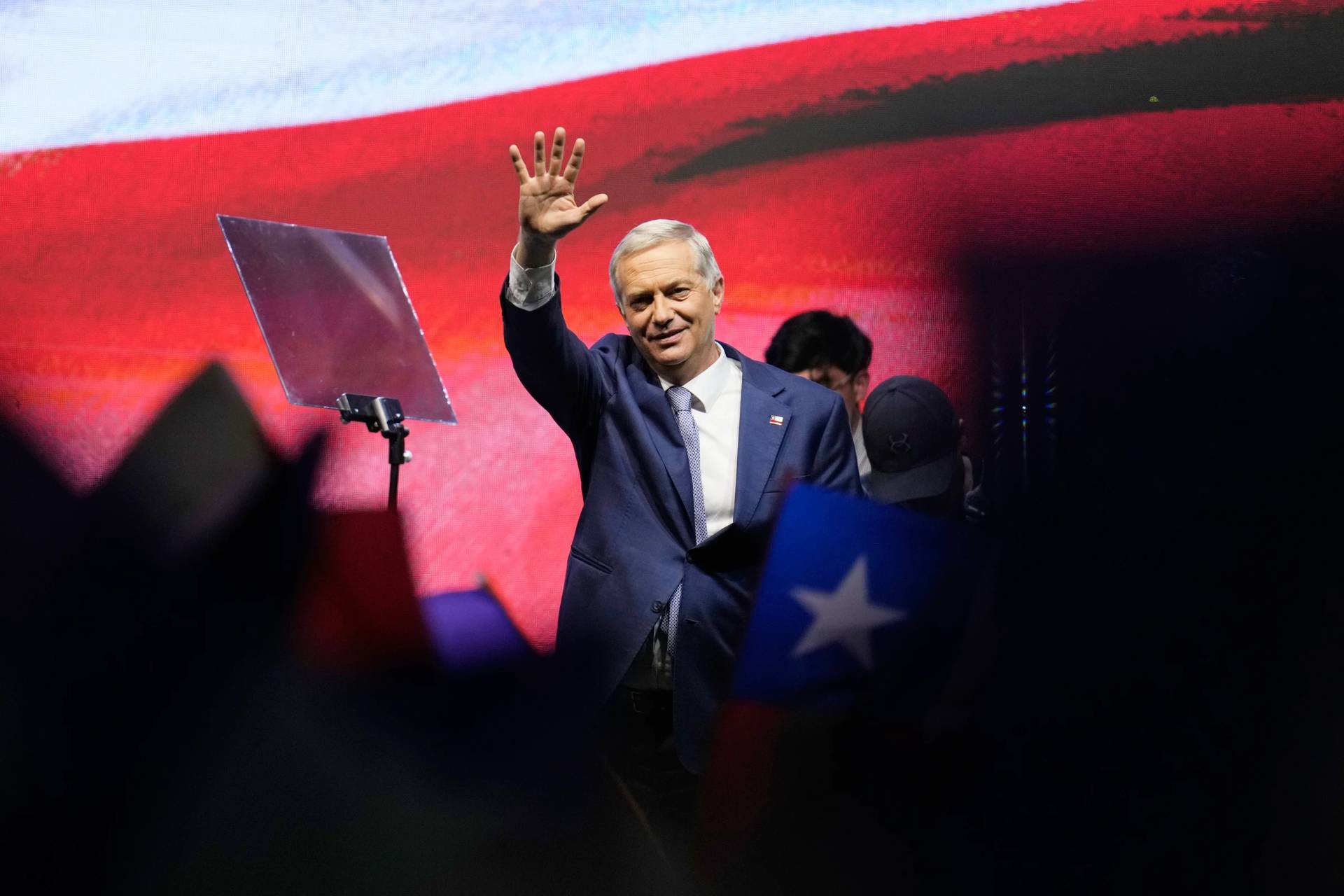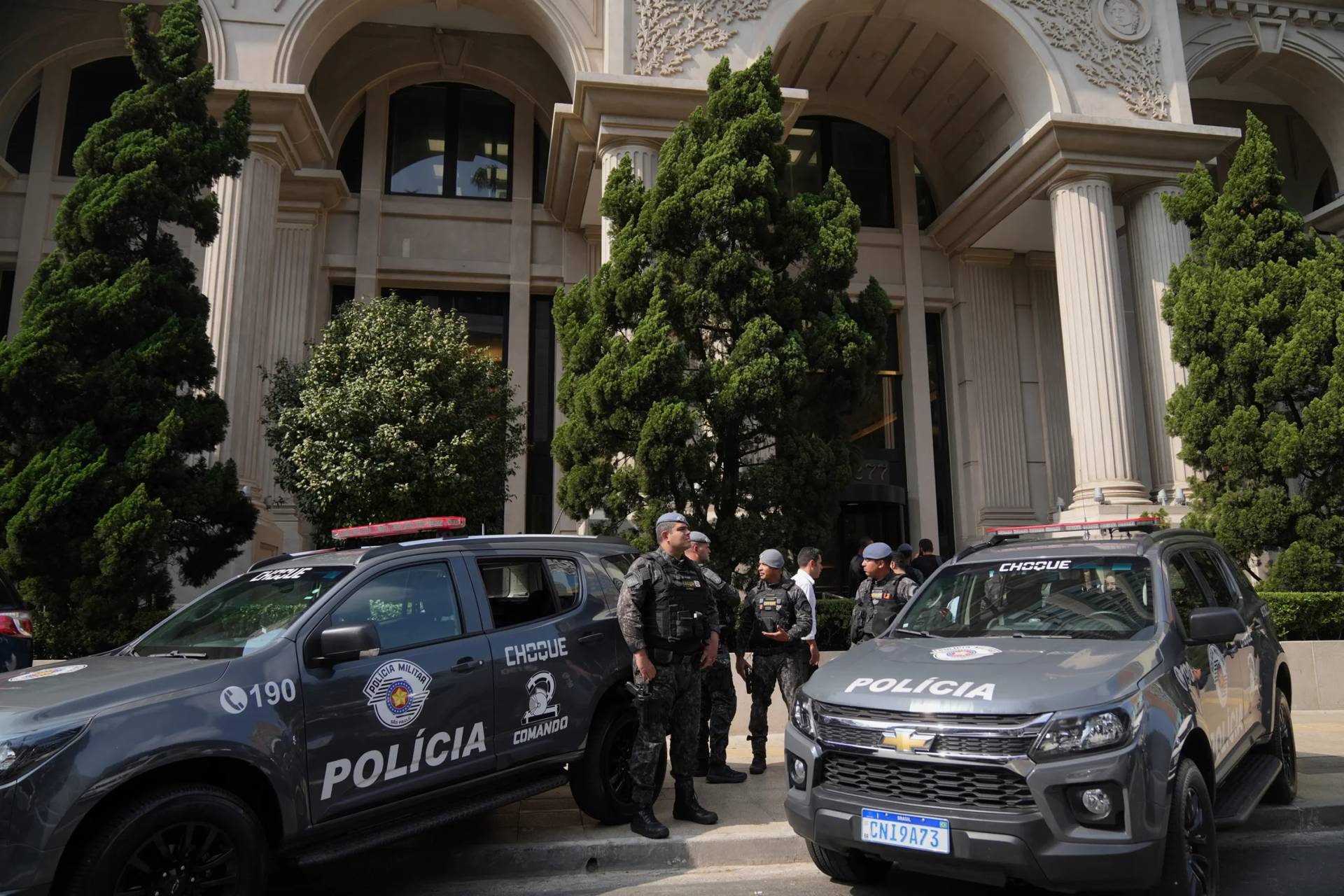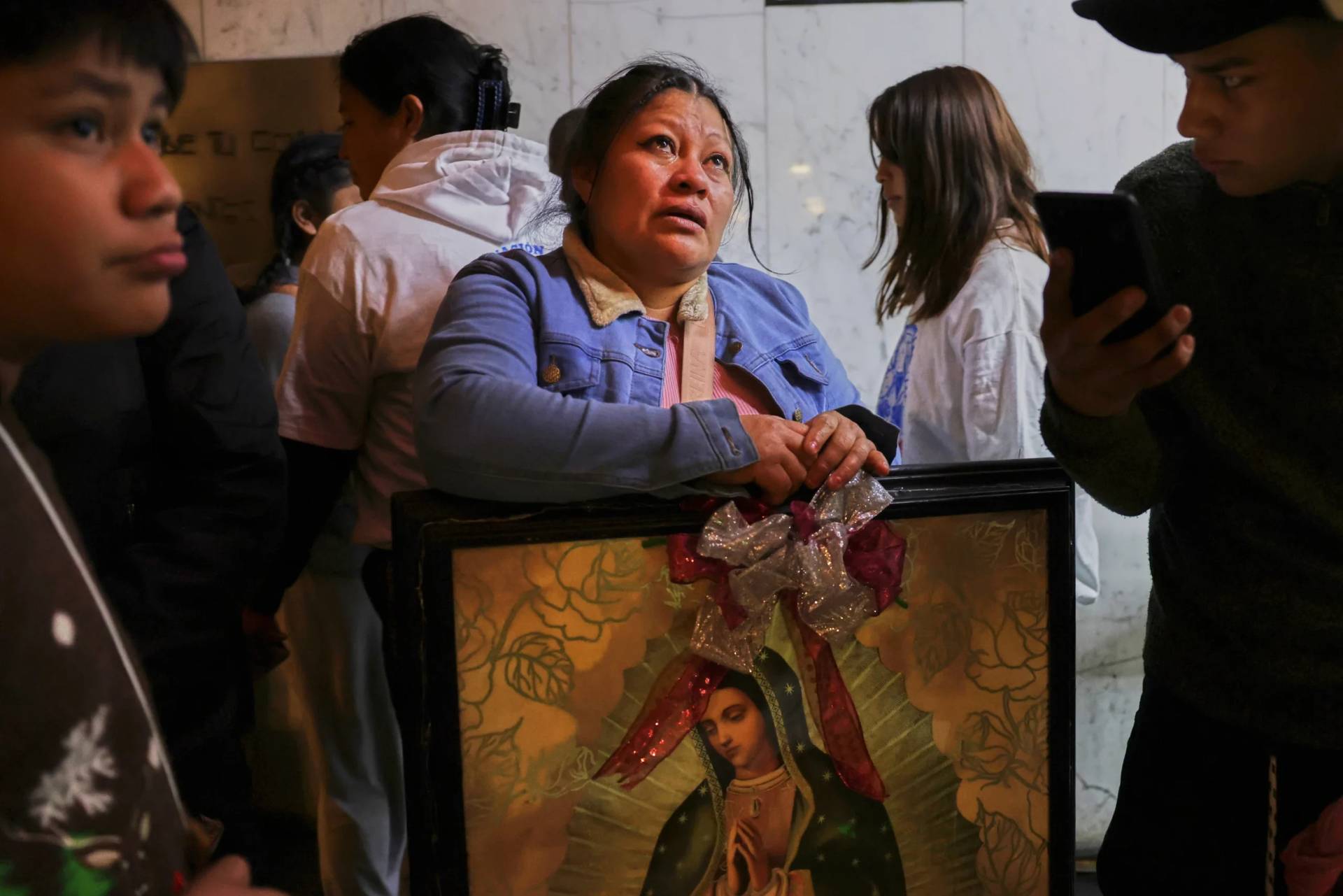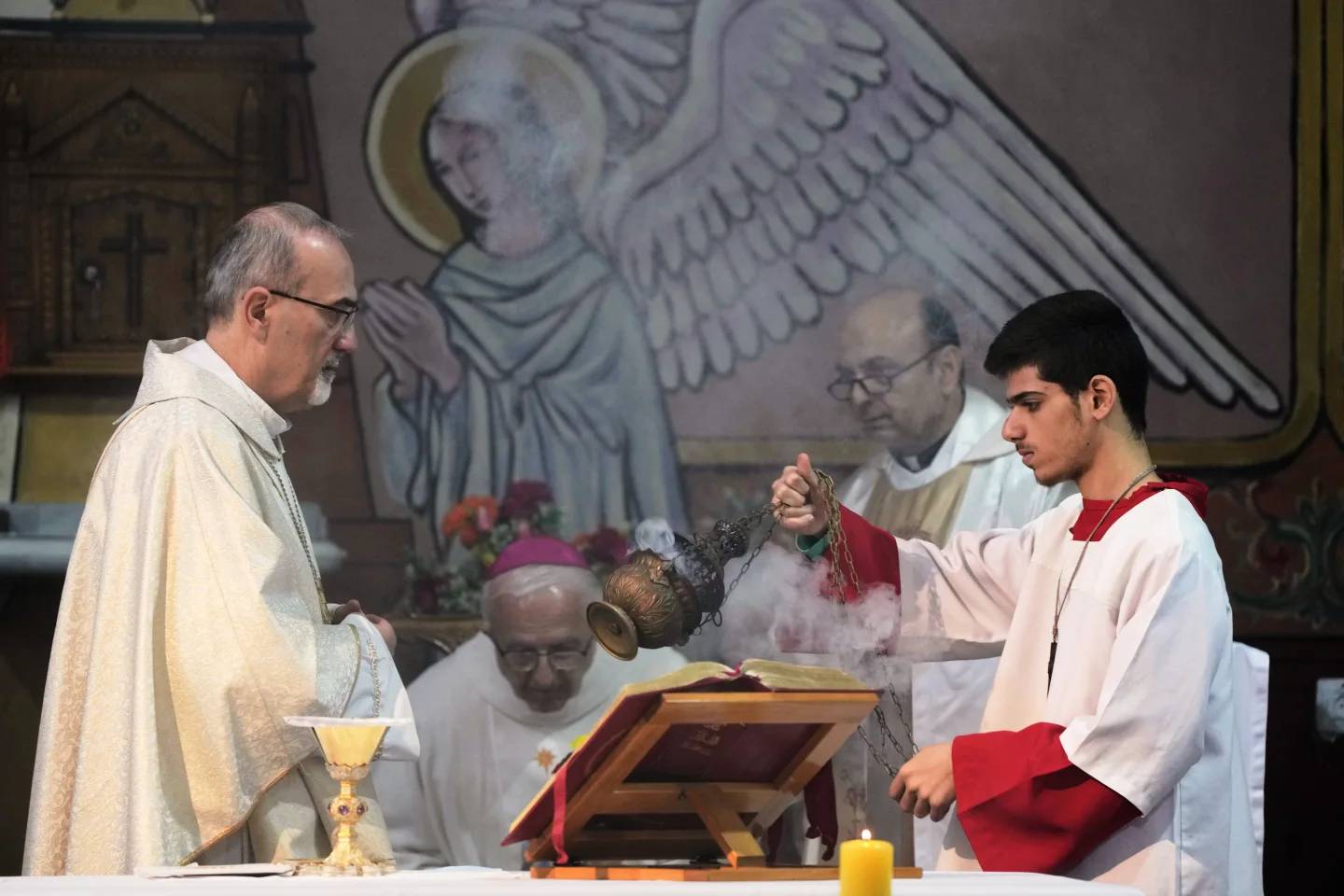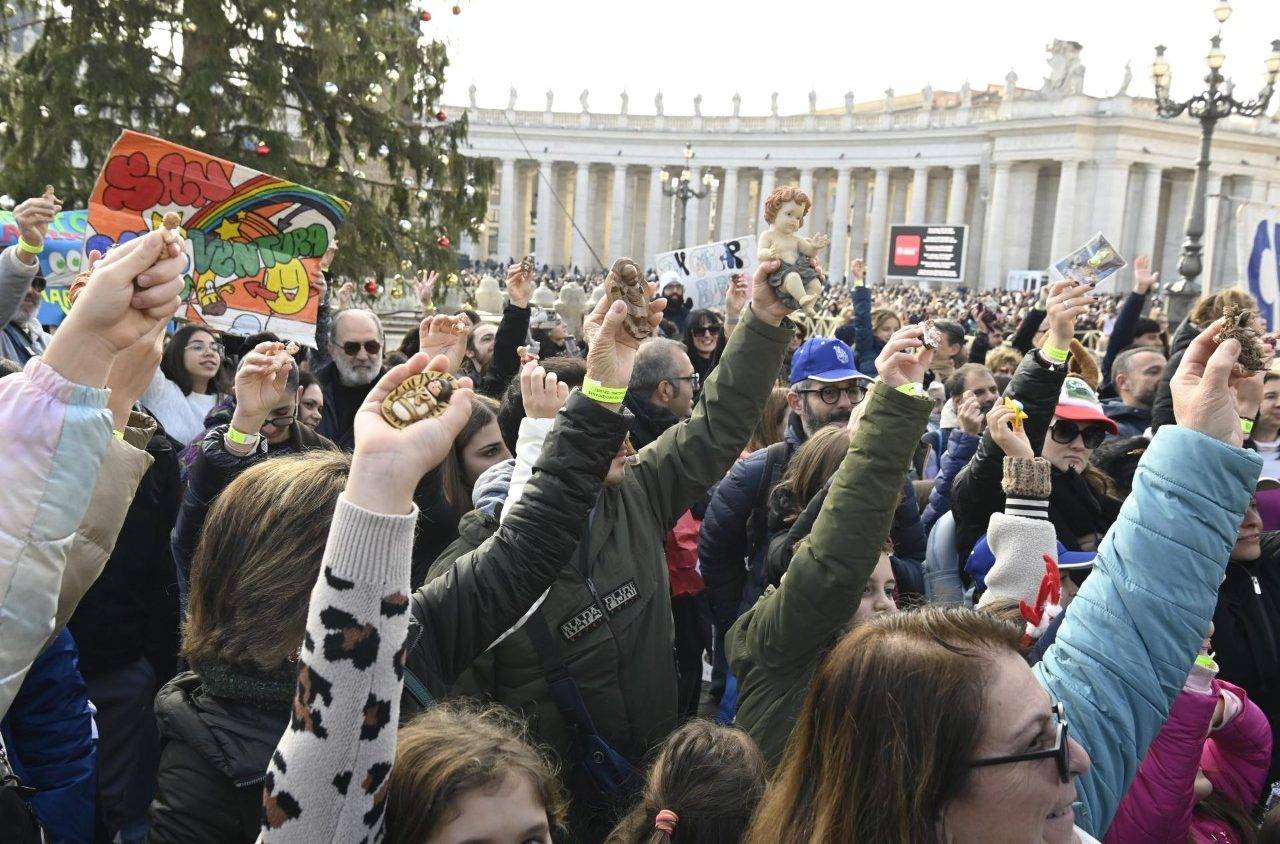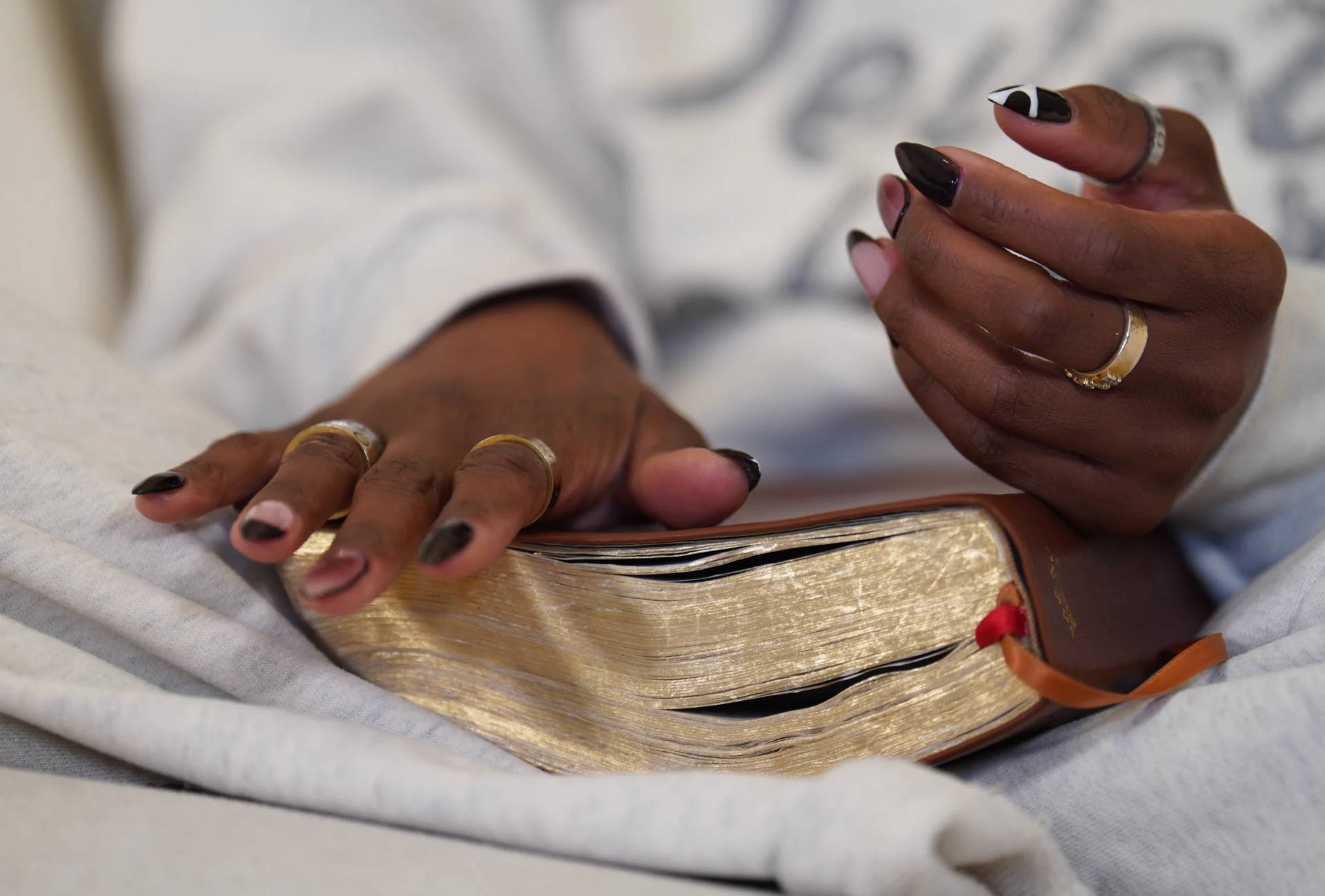SÃO PAULO, Brazil – Historically a Catholic country, Brazil has been facing a religious transition since the 1990s, when what had been a steady growth of Evangelical Protestantism began to accelerate.
According to some experts, Brazilian Evangelicals could become a majority in the country as soon as 2032. This phenomenon is particularly strong in the Amazon, where some states have the biggest percentage of Evangelicals in the country.
Four of the six Brazilian States with the biggest proportion of Evangelicals are located in the Amazon, in the northern part of the country. In Rondônia, which is at the top of the list, there were 734,000 Catholics in 2010 – when the last data were released by the government – and 528,000 Evangelicals. Ten years before, in 2000, the number of Catholics was 793,000 and there were only 375,000 Evangelicals.
That is one of the many issues the Amazonian bishops will have to discuss at the upcoming Synod for the Amazon region taking place Oct. 6-27 in Rome.
“Until the 1970s, when I arrived in the Amazon, Brazil was almost completely Catholic. But the expansion of the farmlands in the cleared rainforest changed everything,” said Italian-born Bishop Flavio Giovenale of Cruzeiro do Sul, in the Amazonian State of Acre.
“It’s almost like the Evangelicals had the project of transforming the Amazon into a non-Catholic territory, following the gigantic changes in the region,” he said.
Most people avoid selecting one single reason for the increasing presence of Pentecostal and Neo-pentecostal Christians in the Amazon.
“It’s a complex phenomenon. But the Evangelicals certainly filled up the spaces we had left open,” saod Giovenale.
In major urban areas of the rainforest, such as Belém and Manaus – cities with populations of 1.5 million and 2.1 million, respectively – the process followed the same model as the rest of the country. In the opinion of Giovenale, rural migrants without roots in the city could find a community and a sense of Christianity only with the available pastors.
“The historical districts of most cities in Brazil are full of Catholic churches, while the poor, distant neighborhoods count only Evangelical churches,” the bishop said.
In the cities, the so-called Prosperity Gospel theology quickly seduced many poor migrants who had to adapt to their new reality, according to the Italian-born priest Luigi Ceppi, who has lived in the Amazon since the 1980s.
“The poor were put aside. Then appeared a kind of religiousness which promised to satisfy their material needs,” Ceppi argued.
Among rural and forest communities – formed by fishermen and simple gatherers– the absence of priests and the insulation of the Amazonian settlements created an easy target for Evangelical congregations, which formed local ministers and then were able to convert whole groups.
“In my diocese, we have on average one priest for an area of 4,910 square kilometers. The transport challenges are immense,” Giovenale told Crux.
About 70 percent of the communities in Giovenale’s diocese are visited by a priest only one time a year – or one time each two years. “The only universal sacrament is baptism. No other sacrament is regularly offered for most Amazonian peoples.”
One of the most famous environmental leaders in the history of the Amazon, the rubber tapper Chico Mendes, worked closely with a base ecclesial community in Acre, noted Ceppi, who was his friend. “Now many in his community, including some of his relatives, are Evangelicals.”
In the case of the 340 indigenous peoples in the Amazon, a study conducted by the Association of Transcultural Missions in Brazil showed in 2010 that Evangelical ministers have established missions among at least 182 of them.
“They spend more time in the villages and invest much time in converting indigenous leaders, who will persuade the other members of the group to convert as well,” said anthropologist Ivaneide Bandeira Cardozo, a coordinator for the NGO Kanindé, which advocates for the rights of indigenous groups.
The success of the Evangelical preachers also has economic reasons, according to Cardozo.
“Most pastors don’t condemn eventual wrongdoings such as stealing wood, illegal mining and illegal leasing of [indigenous] land, so they seem to be better people than the Catholic missionaries, who preach about protecting nature and reprobate illegal conducts,” the anthropologist told Crux.
The concerted efforts of Evangelicals to convert indigenous peoples is seriously risking the survival of many groups, said Cleber Buzatto, general coordinator of the Indigenous Missionary Council, a committee of the National Conference of the Bishops of Brazil.
“Most of these churches demonize the indigenous cultures, spirituality and traditions. At the same time, they stimulate converts to accept commercial initiatives in their lands, with financial ambitions. So, their very existence as indigenous groups is in jeopardy,” he told Crux.
Buzatto said he thinks the local Catholic parishes and congregations have to engage more effectively in the missionary work with indigenous communities. “In some locations this work is done; but in many others, it’s not.”
Last year, the demographics expert José Eustáquio Diniz Alves wrote in an article about the religious transition in Brazil that the Catholic percentage in the Brazilian population can decline to 38.6 percent in 2032, while the Evangelicals could rise to 39.8 percent and become the majority religion in the country.
The Catholic strategy to counter such a tendency may have to mimic some aspects of the Evangelical operations in the Amazon.
“We have to stop being a visiting church and become a church of presence,” Giovenale said.
Crux is dedicated to smart, wired and independent reporting on the Vatican and worldwide Catholic Church. That kind of reporting doesn’t come cheap, and we need your support. You can help Crux by giving a small amount monthly, or with a onetime gift. Please remember, Crux is a for-profit organization, so contributions are not tax-deductible.
